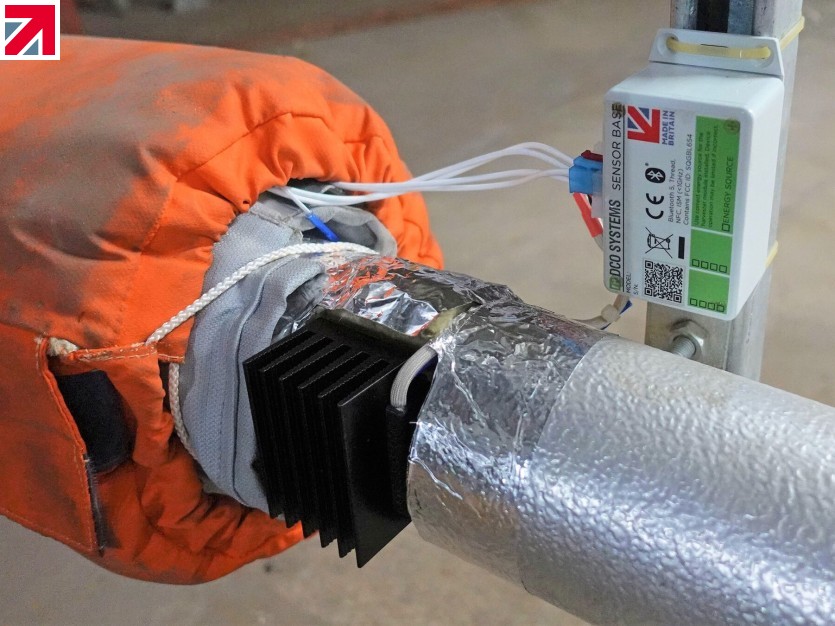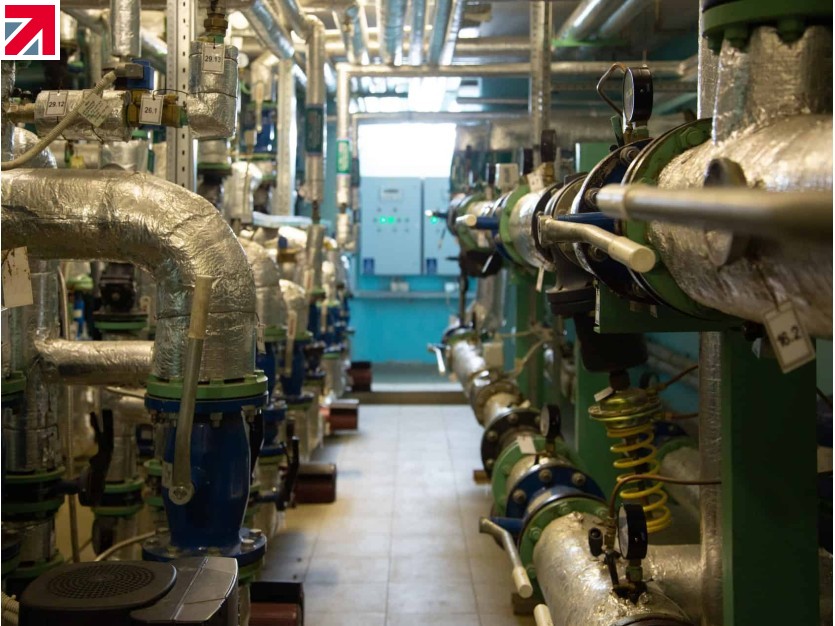Failed steam traps waste significant energy, money, and resources. To ensure proper function and longevity, steam traps must be well maintained. Yet in most environments, steam trap monitoring is still undertaken manually. With long intervals between manual tests, room is left for error and doubt. In truth, diagnosing steam trap failure correctly requires a round the clock solution. Here we discuss 3 costly problems caused by trap failure and how enhanced monitoring effectively avoids them.
Leaking steam traps
Steam traps leak for various reasons. Dirt can work its way in and result in a plugged trap. Alternatively, if a steam trap fails open, the live steam will cause big losses from the system. For steam traps that are hidden away or hard to access, manual checks are often infrequent or missed making it difficult to determine how long the leak has occurred and the cause.
Water hammer within the system
If condensate is not drained correctly from steam pipework it can lead to water hammer. Excessive condensate being driven at high speed by the steam has the potential to seriously damage pipes and equipment attached to the steam supply. In this scenario, rapid alerts of water hammer are crucial to fixing the problem.
Failed closed traps hidden away
Failures in traps can be difficult to detect and correctly diagnose without enough understanding of the type and properties of the steam trap. Consequently, the type of trap is an important indicator. Automating manual testing of traps is simple, but if the type of trap is not considered, information isn’t complete. Reliable results are only found when the monitor can be explicitly configured with the type of trap in use.
Enhanced monitoring is the best solution
Monitoring offers a way to spot leaking traps, detect water hammer and diagnose trap failure. DCO Systems’ wireless steam trap sensor is a self-powered solution that delivers an enhanced monitoring configuration. The combination of temperature and acoustic probes give a highly detailed profile of each steam trap. Moreover, the wireless sensor harvests its own power, is maintenance free – with no battery changes and analyses data more frequently.
Additionally, enhanced monitoring in the adjacent pipework and throughout the system creates a digital visualisation of your steam process. You can track which steam traps are operating properly and where unforeseen interactions are occurring. Furthermore, every trap has a specified behaviour model and corresponding real-world performance envelope. DCO’s enhanced monitoring permits one to be mapped onto the other, building up a picture of the real-world performance of the device and detects rapid changes that can be indicative of localised or remote failure. In conclusion, using enhanced monitoring configured with the trap type is crucial to truly diagnose trap failure and prevent it in advance.
DCO Systems offer an enhanced steam trap monitoring solution that is proven. To book a free demo and learn more about DCO’s ready-to-deploy products, contact DCO Systems or email: info@dcosystems.co.uk.
Find out more about DCO Systems Limited on their member profile page here
Member-created content 4 years ago | From members

